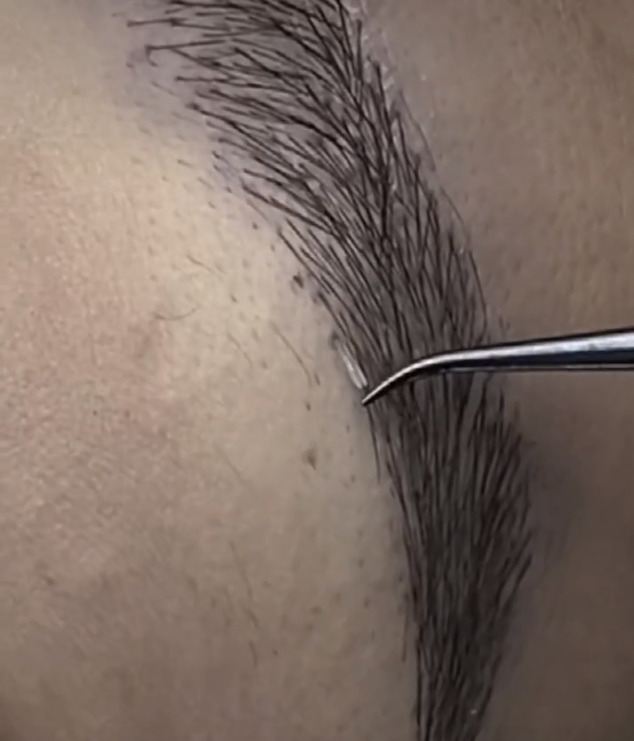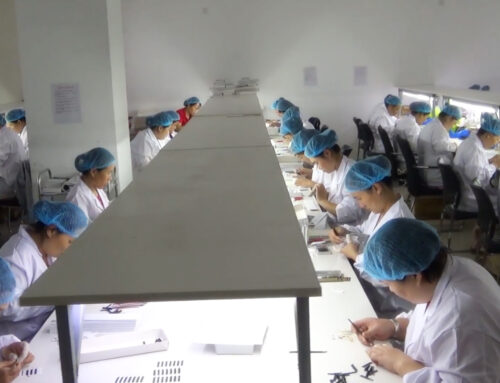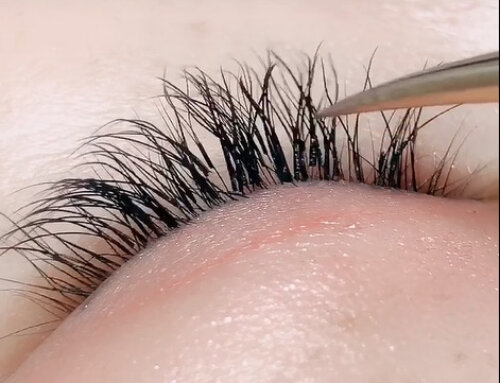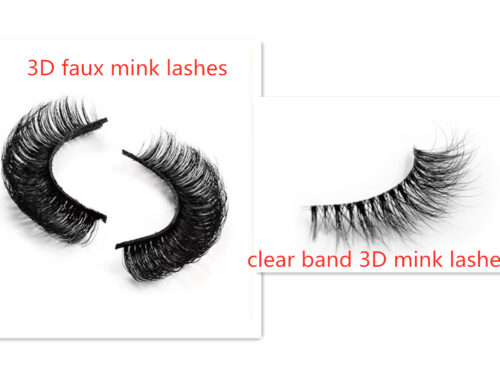Eyebrow transplantation, commonly known as eyebrow grafting or eyebrow hair transplant, is a cosmetic procedure that has gained popularity in recent years. This reconstruction procedure is performed on individuals with thin, irregular, or absent eyebrows and aims to create natural, fuller-looking eyebrows. In this article, OUR LASH will discuss everything you need to know about eyebrow transplantation.
What is Eyebrow Transplantation?
Eyebrow transplantation is a surgical procedure that involves taking hair follicles from a donor area, typically the scalp, and transplanting them onto the eyebrow area. The extracted hair follicles are typically small grafts consisting of a few hairs each. These grafts are then precisely placed in the eyebrow area, mimicking the natural growth pattern of eyebrow hair.
Who Is a Good Candidate for Eyebrow Transplantation?
Eyebrow transplantation is an excellent option for individuals with sparse or thin eyebrows caused by genetics, over-plucking, scarring, or medical conditions. Candidates for eyebrow transplantation should have healthy hair growth in the donor area, which is typically the scalp. It’s also essential to have realistic expectations for the results of the procedure, as it may not be possible to achieve the exact desired look.
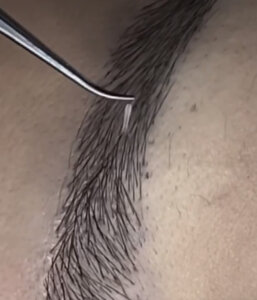
The Eyebrow Transplantation Procedure
The eyebrow transplantation procedure typically takes between two and three hours and is performed under local anesthetic. Here is an overview of the process:
- Donor Hair Extraction: Small grafts of hair follicles are carefully extracted from the donor area, typically the scalp, using a micro-punch tool.
- Hair Graft Preparation: The extracted hair follicles are then prepared for implantation by sorting them based on their size and shape.
- Implantation: The surgeon will then use small incisions to place the grafts in the eyebrow area, following the natural growth pattern of eyebrow hair.
Recovery and Aftercare
After the procedure, the patient may experience mild swelling or tenderness around the eyebrow area. It is essential to avoid scratching or rubbing the area, as this can affect the healing process. The surgeon may provide guidelines on how to care for the eyebrow area to promote proper healing. The transplanted hair may fall out initially, but new hair growth will typically occur within a few months.
Risks and Complications
As with any surgical procedure, there is a risk of complications or side effects. Potential risks and complications of eyebrow transplantation include infection, scarring, and hair follicle damage. It’s essential to choose an experienced and skilled surgeon to minimize these risks.
Conclusion
Eyebrow transplantation is a valuable option for individuals with thin or sparse eyebrows. With the procedure’s advancements and improvements, it is now possible to achieve natural-looking, fuller eyebrows. However, like any surgical procedure, eyebrow transplantation has its risks and complications. It’s important to choose an experienced and skilled surgeon and follow all aftercare instructions to minimize these risks. With proper care and recovery, eyebrow transplantation results can last for years, providing a boost to self-esteem and confidence.
If you have more questions about beauty, or need eyelash wholesale. Please contact with OUR LASH.

